At BASIS International Schools, our teachers are encouraged to use their own deep knowledge and passion for their subject to create unique and engaging lessons that produce outstanding outcomes for our students. The professional and collaborative teaching environment at our schools help educators continue to develop new and innovative ways to present material to students and engage them with the concepts covered.
However, not only do teachers need to present concepts to students, they also must show students how to apply this knowledge to real life situations. This is where facts come to life, and frequently, fun follows close behind.
A few teachers from BASIS International School Park Lane Harbour shared recent lessons from their classrooms, ranging from a pirate journey utilizing algebraic concepts, to maximizing profit with marshmallows. These activities capture students’ attention and give them opportunities to utilize their knowledge in practical ways. Let’s take a look at a few of their creative classes!
AP European History: The Trial of Martin Luther
As we are studying the Age of Reformation this unit and have been working the kids tirelessly on their AP skills, it was time for a change of pace as a means to review and approach the material from a different angle.
For a week of class, we took 15 minutes a day to engage in a simulation on the Trial of Martin Luther, the key personage of this time, but also reviewed other key people and ideas that are important for the AP exam (Calvin, Henry 8th, Erasmus, sola scriptura, 95 theses, indulgences, etc.) Students were first required to choose a role in this dramatic historical recreation, then to do research on their role (defense team, prosecution team, defendant–Martin Luther, witnesses, and judges), and finally act out their role during each stage of the mock trial. The defense team and prosecution teams made their arguments, called witnesses, interrogated Martin Luther, and tried to prove him either innocent or guilty of the crimes he was accused of (heresy, rebellion, and denying authorities).
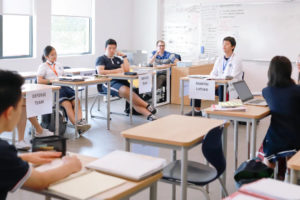
Then the Martin Luther students had a chance to defend themselves and respond directly to the charges against them, while supporting the efforts of their defense lawyers. Finally, the judges would use their notes handout from the trial proceedings to make a determination of the guilt of innocence of Martin Luther for the three charges against him usually resulting in the guilty verdict that happened in real life.
This gave students the chance to make history come alive and develop deeper and more meaningful connections to the material and thinking skills within the AP European History curriculum for this unit as they were forced to make real-life arguments about the history they studied.
– Mr. David Turpie, AP European History teacher, BASIS International School Park Lane Harbour
AP Economics: Marshmallows and Profit
In AP Economics class, students had fun competing against each other as they attempted to be the team that earned the most profit. Students used marshmallows and toothpicks to construct towers and earned revenue based on things like the height and stability of their towers. However, students also had to take into account their costs when planning and constructing. Sometimes students assume the largest tower will win the competition, but firms try to optimize profit, not revenue, and the extra costs associated with a very large tower might actually decrease profits.
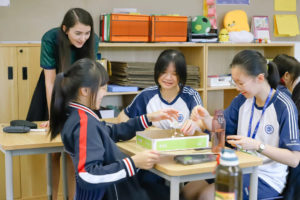
This is an excellent exercise for students because they feel the pressure that competition in markets brings and they get hands-on experience with the differences between implicit and explicit costs as well as profit and revenue. After the competition, the teams debrief to see if they have learned any strategies that could help them earn more profit if they had to do this again in the future.
– Mrs. Elizabeth Lotus, AP Economics teacher, BASIS International School Park Lane Harbour
A Pirate’s Journey Through Algebra
Ahoy Mateys and welcome aboard The Flying V, the fastest ship in all the seven seas!!
In Algebra 2 class, students were taught by the infamous Captain Vigilante. Students were recruited aboard the Flying V to take part in an exciting adventure in the search of adventure, glory, and (or course) TREASURE!
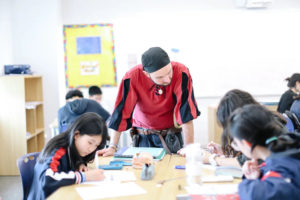
Before setting sail, my student crew needed to help me stock the ship with supplies. Heading to the market, they had to purchase the correct cannonballs by calculating different diameters from given volumes. Students then needed to interpret word problems into mathematical systems of equations in order to calculate our food inventory…luckily, we had enough food.
Following the trip to the market, our young pirates had to plot our course on a map, navigating through treacherous waters. After graphing the lines given key locations, students needed to use slope-intercept to write the equation of each line. Students then needed to determine the domain for each equation used, which ties in a prior skill (domain and range) and a future skill (piecewise functions). The last necessity of the map was to then calculate the distance of each plotted course. Using Pythagorean Theorem, students calculated the length of each boat path and then added up the different segments for our final distance traveled. Once the sum of lengths was determined, students used a map scale to convert the distance on the graph to miles (1 graph unit = 10 miles traveled).
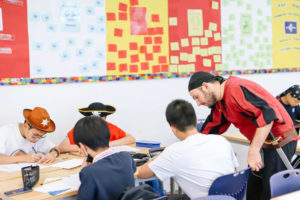
The remainder of the adventure required students to calculate the best path to treasure, determine the amount of indigenous wildlife on the island, decipher math problems to unlock the treasure room, and graph the best path to stop rival pirates who took our gold. Altogether, this Algebra 2 activity provided an in-depth review of a variety of skill sets. The students were able to utilize a majority of previously learned math concepts in order to complete the project. Additionally, this is a foundational review for students and will assist them greatly with improving their skills within Algebra 2. Working with these young pirates to find the treasure was a lot of fun and added to the festive Halloween spirit.
– Dr. Richard Vigilante, Math Teacher, BASIS International School Park Lane Harbour
The Romance of Cinema, Word Up!, and Sculptural Masks
Grade 7 students have been exploring how artists use the style called Pointillism in a recent art project. Pointillism is a style of painting which involves using dots of distinct color or varying size and tone to create an illusion of form. Our students have been using this technique to create ink portraits of celebrities from popular culture, specifically Chinese film stars.
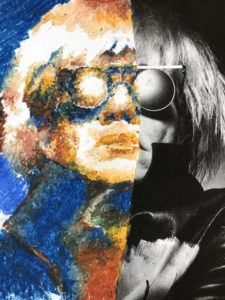
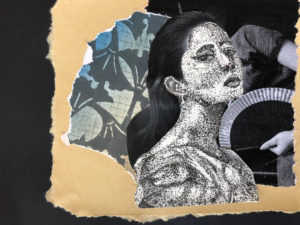
These works were later used in a mixed media exercise which gave our students the opportunity to create layered, collaged imagery which combined vintage photographs and traditional Chinese patterns. The aim being to create a narrative effect evoking the romance of cinema, and the glamour of the Chinese film industry. Mixed media allows students to recognize and learn about how composition and arrangement of graphic elements and images contribute to design and effective visual communication.
Our Grade 8 students have been exploring how text can be used in Art. As a result of some graphic design and font creation experiments, the students have developed three dimensional forms from selected motivational phrases.
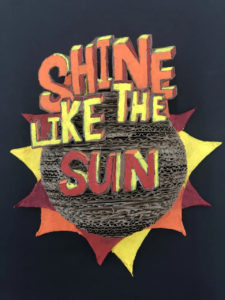
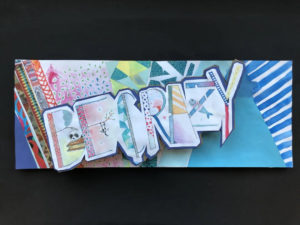
Our students looked at how they can convert two dimensional graphic design into an interesting and visually engaging constructed form using their knowledge and understanding for how fonts are created and can be used for specific purposes and audiences. This exercise allowed students to get creative by using the meaning of the phrase in conjunction with an appropriate media in order to convey the message. The media is the message so to speak.
Meanwhile our Grades 9 – 11 students have been exploring the theme of masks in Art, while learning about carving and sculpture techniques. For the last month our students have developed designs for a mask based on their knowledge and understanding of masks from a diversity of world cultures. Students began with creating 2D designs which used a variety of media and promoted their vision for a design. They then determined how they would turn this into a 3D design after being given large blocks of dense polystyrene.
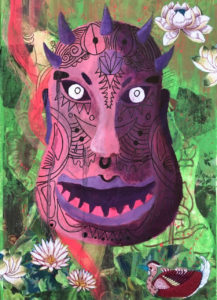
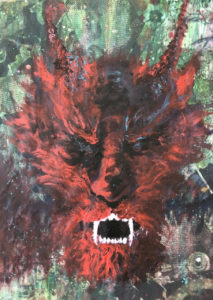
Sculptural carving techniques were learned about and used to create the mask forms. This process, like all carving processes, begins messy and gets more precise and neat. The challenge for our students was to “see things in the round” and plan for carving and cutting into all 6 faces of the large blocks they were given. Students had to mark out the material and make careful cuts to remove material so as not to lose their intended designs.
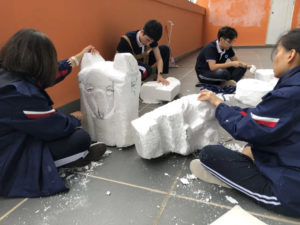
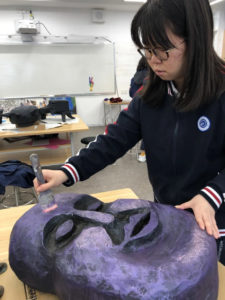
– Mr. Jamie Lowe, Art Teacher, BASIS International School Park Lane Harbour
Learn more about teaching with BASIS International Schools on our careers website, and view open opportunities for the 2021-22 school year.